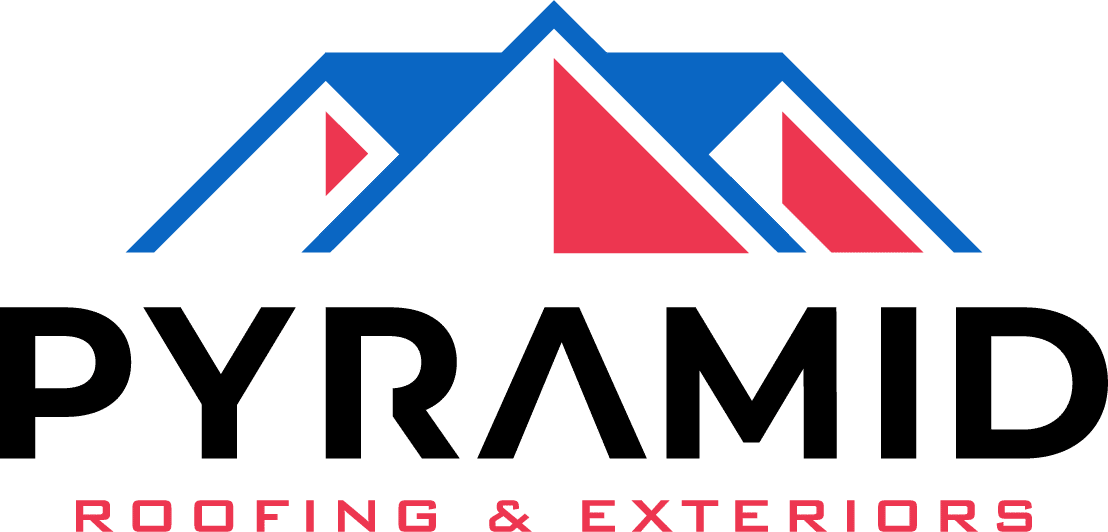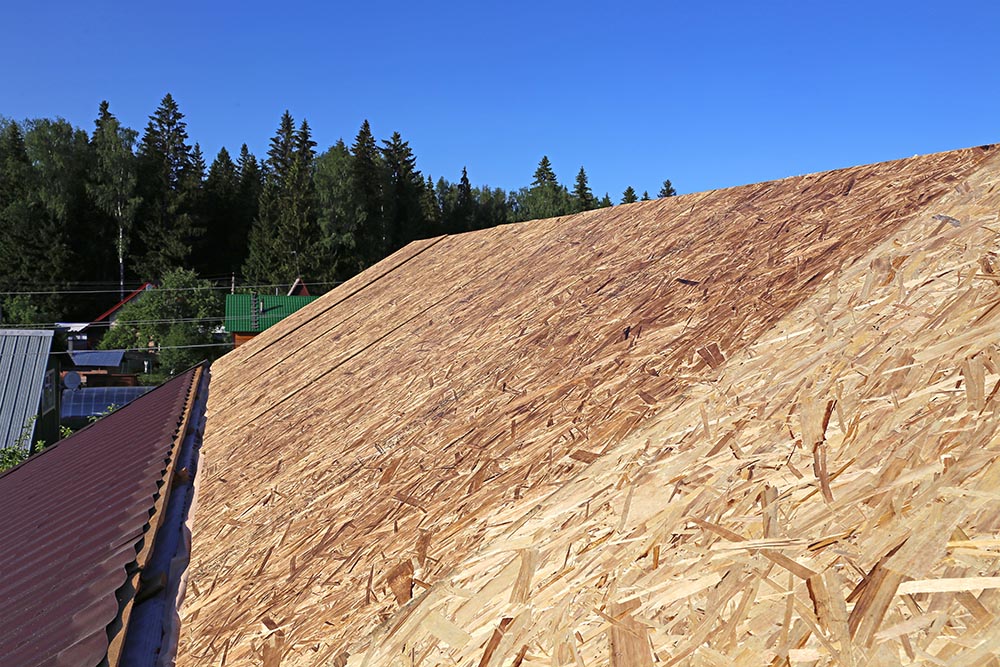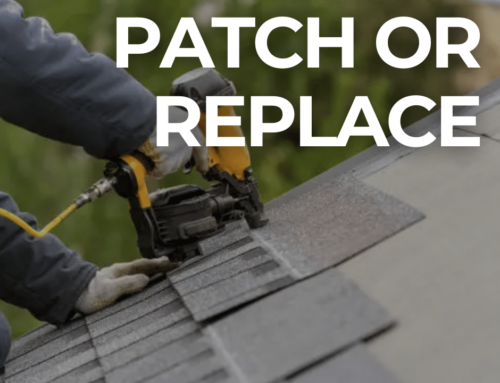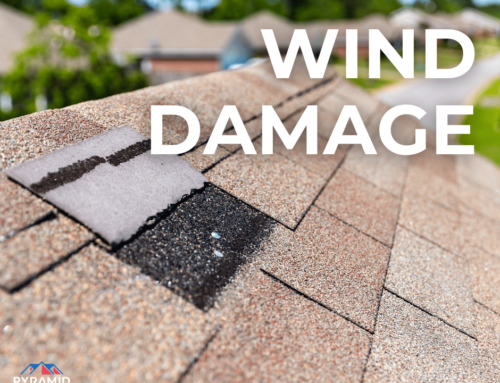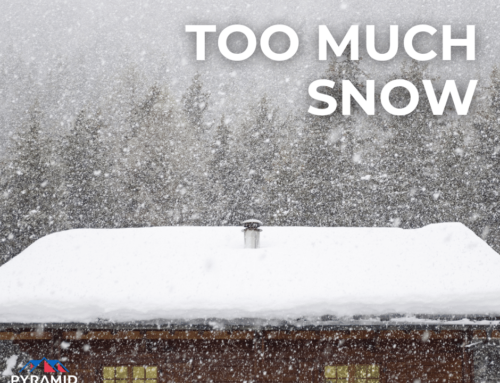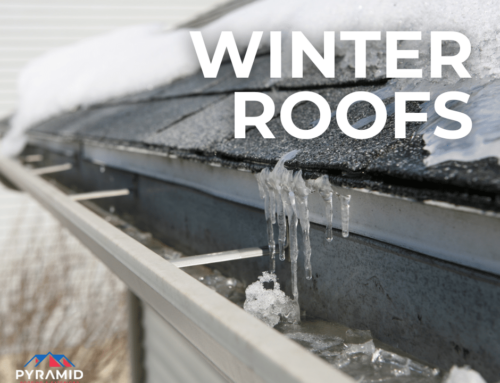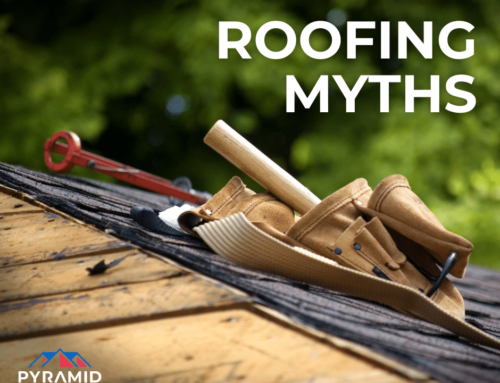If you have recently purchased a home, or if you are experiencing your first roof issue, you may be surprised to know your home’s roof is made up of several components. Many people believe the only parts of their roofing system is the shingles and the gutters. However, a crucial part of all roofing systems that isn’t often discussed is the roof sheathing. Keep reading to learn what it is and what it does.
Roof Sheathing Defined
Another name for roof sheathing is roof decking. It’s the strong layer of wood boards that are attached to your roof’s trusses and joists. Your roofer is going to attach the shingles to these planks or squares of wood.
What is Sheathing Made Of?
Usually, sheathing is made out of plywood or oriented strand board – OSB. Both of these materials are made from wood, but OSB is lighter and a bit more affordable. Plywood is extremely durable, but it costs more and is heavier, adding to the weight of the roof. Most roofers today prefer to use OSB, unless they are working with a heavier material, such as concrete or slate roofing tiles. In these situations, the best option is usually plywood.
What Does the Sheathing Do?
The main function of sheathing boards is to strengthen a home’s roof. It provides a sturdy support system that the rest of the roof system is built on. There are other benefits, too.
It Helps Stop Leaks
In the past, when asphalt shingle roofs were first built, roof sheathing wasn’t used. What homeowners discovered, though, was without sheathing, the roof was much more likely to leak. Today’s asphalt shingles include several weatherproofing treatments, and the layer of boards under them provide an additional layer of protection from the elements. Because sheathing boards are also weatherproof, this extends the roof’s lifespan and keeps the home safe from further water damage.
Adds Support and Strength to the Roof
Roof sheathing helps with the distribution of weight evenly across the entire roof. Because the sheathing boards are attached to the roof’s joints and trusses, which are the strongest support beams, they help make sure that heavy loads of precipitation and snow don’t cause sagging or bowing. They also help ensure the roof can hold up asphalt shingles. Shingles are often heavier than many people expect, and the sheathing helps to make sure that any weight that’s added is distributed evenly across the entire roof.
Fire Proofing
Finally, roof decking or sheathing can help to prevent fires. While there is nothing that is completely fireproof, many materials used for sheathing come with fire retardant treatment that is able to resist fires on the roof or that occur in the attic.
If you believe your roof sheathing isn’t up to par or want to ensure it is, contact a roofer. By hiring a roofer, you can feel confident that your roof will be able to stand up to the elements and that issues won’t occur.
Looking for a professional roofer in Kansas City? Contact Pyramid Roofing today!
